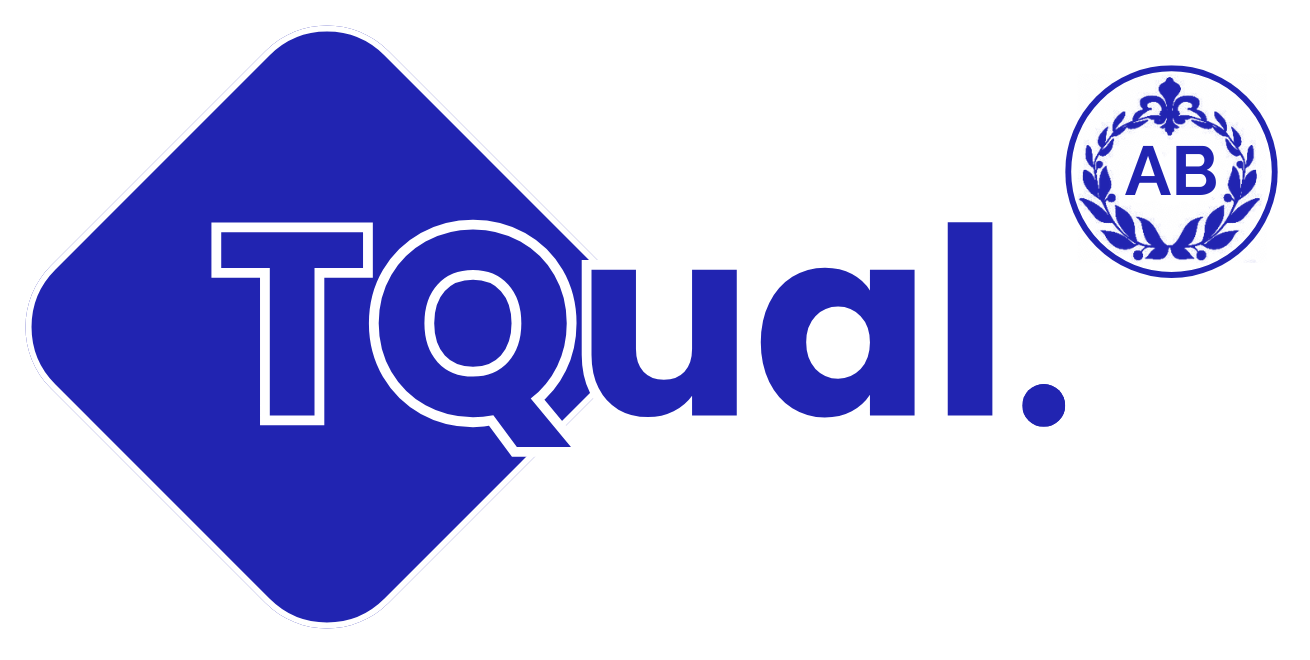Learning Outcomes for the Study Units
1. Introduction to SignaA
Learning Outcomes for the Study U
Learning Outcomes for the Study Units:
Introduction to ISO/IEC 20000 and IT Service Management Systems
- Understand the purpose, scope, and benefits of ISO/IEC 20000.
- Define key concepts and terminology related to IT service management.
- Identify the relevance of ISO/IEC 20000 to organizations and stakeholders.
- Recognize the importance of implementing an IT Service Management System for enhancing IT service delivery.
Understanding the Requirements of ISO/IEC 20000
- Interpret and explain the clauses and requirements of ISO/IEC 20000.
- Identify the context of the organization and its implications for IT service management.
- Describe the leadership and commitment requirements for top management.
- Develop a comprehensive understanding of planning, support functions, and operational controls within an IT Service Management System.
Internal Auditing Principles and Practices
- Understand the principles and practices of internal auditing within an IT Service Management System.
- Apply principles of auditing, including integrity, impartiality, and competence.
- Plan and conduct internal audits effectively, including audit planning, evidence gathering, and reporting.
- Evaluate audit findings and nonconformities and recommend appropriate corrective actions.
Audit Techniques and Tools for ISO/IEC 20000
- Develop audit checklists based on ISO/IEC 20000 requirements.
- Apply various audit techniques, including interviewing, document review, and data analysis.
- Utilize audit tools effectively to gather evidence and assess compliance with ISO/IEC 20000 standards.
- Report audit findings accurately and recommend improvements to IT service delivery processes.
Risk Management in IT Service Management
- Identify risks associated with IT service delivery processes and activities.
- Assess and prioritize risks based on their likelihood and potential impact.
- Develop risk treatment plans and strategies to mitigate identified risks.
- Integrate risk management into the IT Service Management System to enhance organizational resilience and effectiveness.
Performance Measurement and Evaluation
- Establish key performance indicators (KPIs) for IT service delivery processes.
- Collect, analyze, and interpret performance data to evaluate the effectiveness of IT service delivery.
- Report performance findings and communicate results to stakeholders effectively.
- Utilize performance data for decision-making and continuous improvement initiatives within the IT service domain.
Change Management and Continual Improvement
- Manage changes within the IT Service Management System effectively.
- Identify opportunities for improvement and innovation within IT service delivery processes.
- Implement corrective actions and preventive measures to address nonconformities and enhance system performance.
- Foster a culture of continual improvement and learning within the IT service domain.
Legal and Regulatory Compliance
- Identify relevant laws, regulations, and standards applicable to IT service management.
- Ensure compliance with legal and regulatory requirements related to IT service delivery.
- Develop processes for monitoring and maintaining compliance with applicable laws and regulations.
- Address non-compliance issues and implement corrective actions as necessary.
Stakeholder Engagement and Communication
- Identify key stakeholders and their interests in IT service delivery processes.
- Develop strategies for engaging stakeholders and soliciting their input and feedback.
- Communicate effectively with stakeholders to ensure transparency and collaboration.
- Build positive relationships with stakeholders to support the goals and objectives of the IT Service Management System.
nits:
Introduction to Privacy Information Management Systems (PIMS):
Understand the significance of privacy management within organizations.
Identify the core components and principles of Privacy Information Management Systems.
Explain the relationship between PIMS and broader organizational objectives.
Key Concepts in Privacy Management:
Define fundamental privacy principles such as data minimization, purpose limitation, and consent.
Recognize the impact of privacy regulations and frameworks on organizational operations.
Evaluate the relevance of privacy management concepts to organizational compliance and risk mitigation.
Scope and Objectives of ISO/IEC 27701:
Describe the scope and applicability of ISO/IEC 27701 standard.
Identify the objectives and benefits of implementing a Privacy Information Management System based on ISO/IEC 27701.
Assess the alignment of organizational goals with ISO/IEC 27701 requirements.
Framework of ISO/IEC 27701:
Explain the structure and components of ISO/IEC 27701 standard.
Identify Annex A controls relevant to privacy management and their implementation guidelines.
Analyze the interplay between ISO/IEC 27701 and other information security standards.
Establishing and Maintaining a PIMS:
Outline the steps involved in designing, implementing, and maintaining a Privacy Information Management System.
Develop documentation strategies to support PIMS implementation and compliance efforts.
Evaluate organizational readiness and resource requirements for PIMS establishment.
Privacy Risk Management:
Identify privacy risks and assess their potential impact on organizational operations.
Develop risk mitigation strategies and controls to address identified privacy risks.
Implement monitoring mechanisms to ensure continuous improvement in privacy risk management.
Privacy Controls and Measures:
Describe specific privacy controls outlined in ISO/IEC 27701 standard.
Implement privacy controls effectively within organizational processes and systems.
Monitor and evaluate the effectiveness of privacy controls to ensure ongoing compliance.
Privacy Compliance and Auditing:
Explain the role of compliance in privacy management and regulatory requirements.
Develop audit procedures and techniques for evaluating Privacy Information Management System effectiveness.
Identify gaps and areas for improvement based on audit findings.
Privacy Incident Management:
Develop procedures for detecting, reporting, and responding to privacy incidents.
Implement incident response plans to minimize the impact of privacy breaches on stakeholders.
Evaluate the effectiveness of privacy incident management processes through simulation exercises.
Privacy Governance and Accountability:
Define roles and responsibilities of stakeholders in privacy governance within the organization.
Establish accountability mechanisms to ensure adherence to privacy policies and procedures.
Promote a culture of privacy awareness and accountability across the organization.
Integration with ISO/IEC 27001:
Identify opportunities for integrating Privacy Information Management System with existing Information Security Management System (ISMS).
Align privacy controls and measures with broader organizational processes and objectives.
Ensure consistency and synergy between ISO/IEC 27701 and ISO/IEC 27001 requirements.
Case Studies and Practical Applications:
Analyze real-world examples and case studies to understand the practical application of ISO/IEC 27701 standard.
Apply learned concepts and principles to solve privacy management challenges in organizational contexts.
Develop strategies and action plans based on lessons learned from case studies and practical exercises.A
l Analysis in NDT Upon completing this unit, participants will be able to:
Understand the Importance of NDT Methods: Explain the role and significance of Eddy Current Testing (ET), Remote-Field Testing (RFT), and Magnetic Flux Leakage (MFL) in various industries.
Grasp Basic Signal Analysis Concepts: Describe the fundamental concepts and principles of signal analysis, including signal generation, detection, and interpretation.
Perform Data Acquisition and Processing: Demonstrate techniques for capturing and processing data from NDT inspections, ensuring accurate and reliable results.
2. Advanced Signal Processing Techniques Upon completing this unit, participants will be able to:
Enhance Signal Quality: Apply signal filtering and noise reduction techniques to improve the quality of NDT signals.
Utilize Fourier Transform: Use Fourier transform for frequency domain analysis to identify signal characteristics.
Apply Wavelet Transform: Employ wavelet transforms for time-frequency analysis, enhancing the interpretation of complex signals.
Leverage DSP Tools: Operate digital signal processing (DSP) software and tools commonly used in NDT for advanced signal analysis.
3. Eddy Current Testing (ET) Signal Analysis Upon completing this unit, participants will be able to:
Understand ET Principles: Explain the principles of Eddy Current Testing, including electromagnetic induction and eddy current generation.
Interpret ET Signals: Analyze ET signals to detect surface and sub-surface defects, understanding signal characteristics and variations.
Apply Advanced ET Techniques: Use advanced ET signal analysis techniques for improved defect detection and characterization.
Engage in Practical Exercises: Conduct practical exercises and case studies to reinforce ET signal analysis skills in real-world scenarios.
4. Remote-Field Testing (RFT) Signal Analysis Upon completing this unit, participants will be able to:
Comprehend RFT Principles: Describe the principles and applications of Remote-Field Testing, focusing on its use for inspecting ferromagnetic materials.
Analyze RFT Signals: Identify and interpret key signal characteristics in RFT, distinguishing between internal and external defects.
Implement Advanced RFT Techniques: Apply advanced RFT methodologies to enhance the accuracy and reliability of defect detection.
Participate in Hands-on Training: Engage in practical exercises and real-world case studies to develop proficiency in RFT signal analysis.

